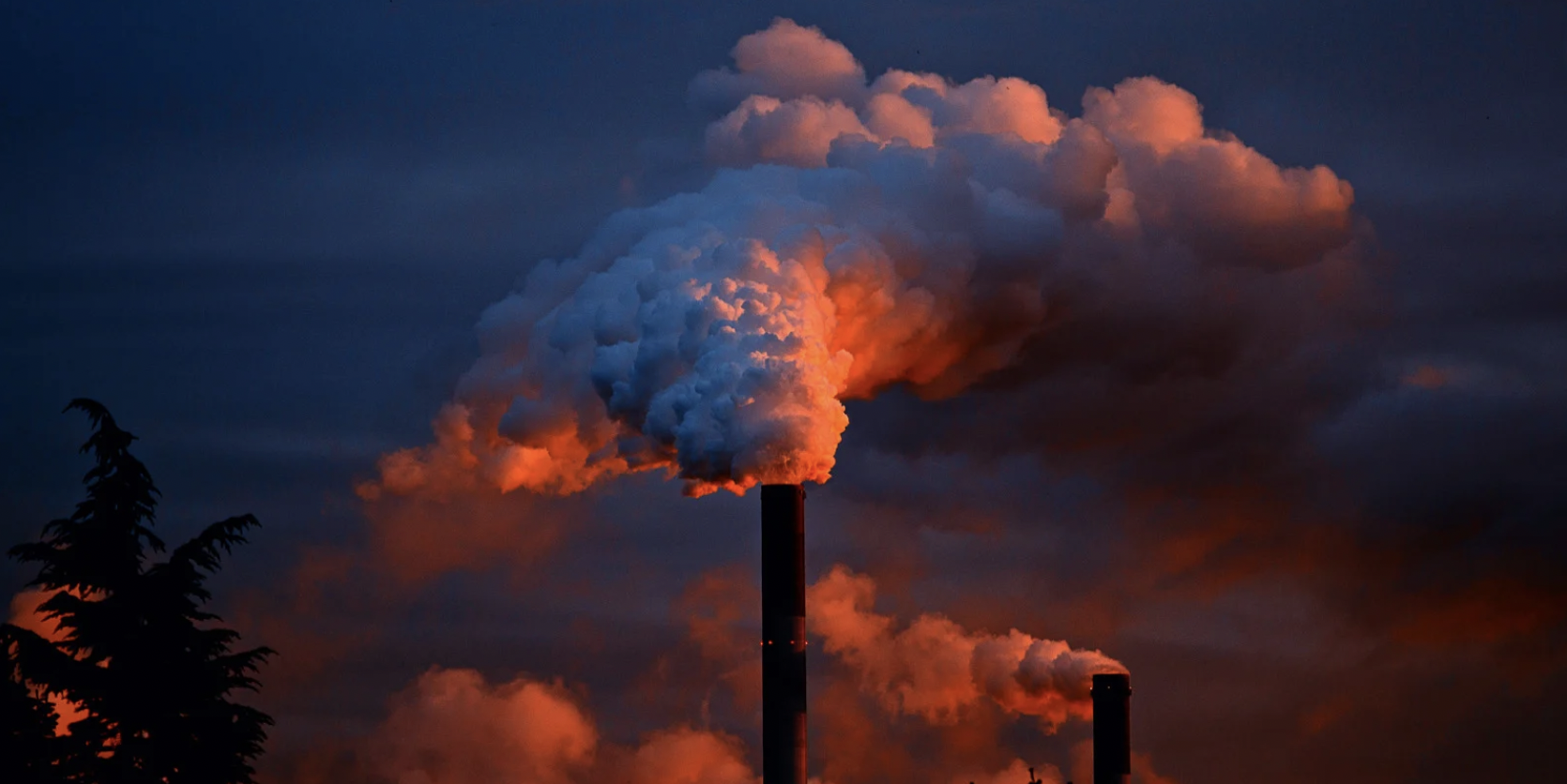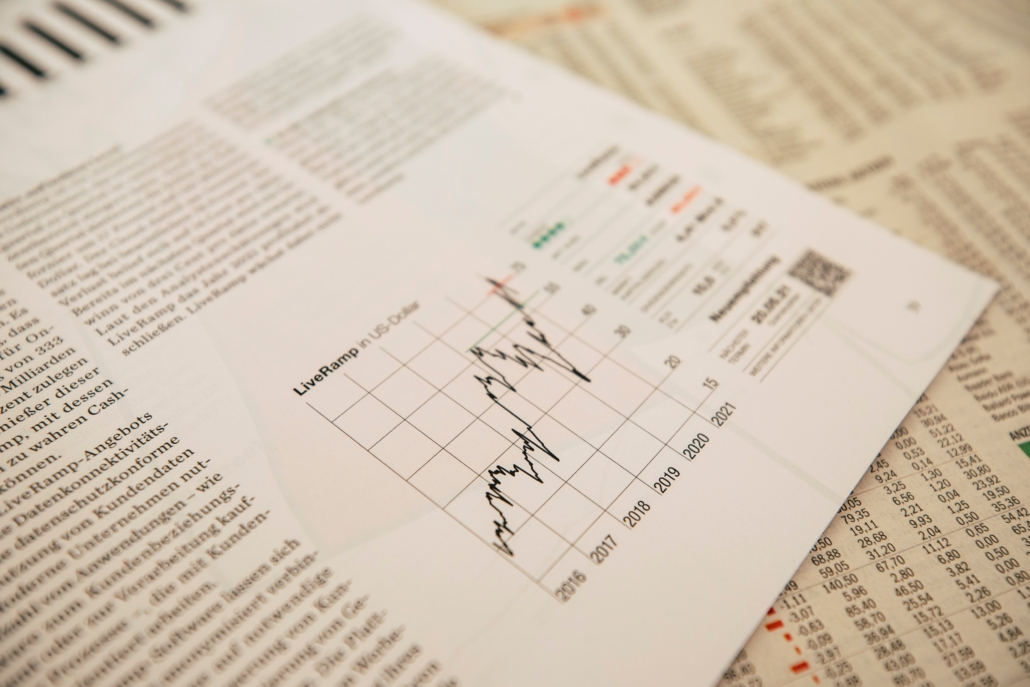
With over 36 billion tonnes of CO2 released into the atmosphere every year, human activities are the main cause of global warming. Behind this staggering figure lie multiple sources of emissions, linked to our modes of production, consumption and travel.
To reverse the trend and limit climate change, it is essential to identify and reduce these main sources of greenhouse gas emissions. An overview of the world’s most polluting sectors.
Transportation, the main CO2 emitter
It’s an established fact: the transport sector is the biggest contributor to global CO2 emissions, with almost 8 billion tonnes released into the atmosphere every year, i.e. around 24% of the total.
Road transport, whether for goods or passengers, accounts for the lion’s share, with 72% of the sector’s emissions. This situation can be explained by the preponderance of private cars and heavy goods vehicles in our societies, which are heavily dependent on fossil fuels.
Next come air transport (12% of the sector’s emissions), sea transport (10%) and finally rail transport, whose share remains marginal at 1%. These figures illustrate the urgent need to rethink our mobility systems to make them more carbon-efficient.
« To significantly reduce transport emissions, we’ll need to combine several complementary levers, » says Valérie Masson-Delmotte, co-president of the IPCC. « This involves the development of soft modes and public transport in cities, but also the growth of electric engines and alternative fuels for long distances. »
Manufacturing industry: a heavyweight difficult to decarbonize
With almost 6 billion tonnes of CO2 emitted every year, the manufacturing industry is the second most polluting sector in the world, accounting for 16% of total emissions.
Within this vast complex, heavy industries such as iron and steel, metallurgy, chemicals and cement account for the bulk of emissions. Energy-intensive production processes, still largely dependent on fossil fuels such as coal and gas.
« These industries face a huge challenge in reducing their carbon footprint, » stresses Fatih Birol, Executive Director of the International Energy Agency. « This will require major technological breakthroughs, such as the deployment of green hydrogen or CO2 capture and storage. »


But beyond these heavy industries, other sectors such as food, textiles and electronics also have a significant impact, due to their highly emissive global supply chains.
The building sector, a major challenge for the transition
The third biggest emitter of greenhouse gases, the building sector (residential and tertiary) accounts for around 13% of global CO2 emissions, or almost 5 billion tonnes a year.
While construction itself is relatively low-emission, it’s the use of the buildings that poses the greatest problem. Heating, air conditioning, hot water, electricity… All these energy consumption items, fuelled by fossil fuels, emit large quantities of CO2.
« Massive renovation of the existing building stock to make it more energy-efficient is crucial to reducing the sector’s emissions, » insists Fatih Birol. « But we’ll also need to green the energy sources used and develop positive-energy buildings. »
Numerous innovations are already being deployed, including reinforced insulation, more efficient heating and air conditioning systems, and the integration of photovoltaic solar panels. So many solutions that foreshadow the low-carbon building of tomorrow.
Agriculture and deforestation: emissions that are often overlooked
Although often overlooked in debates, agriculture and land use change (deforestation, urbanization, etc.) account for around 25% of global greenhouse gas emissions, or almost 9 billion tonnes a year.
On the agricultural side, methane emissions from livestock rearing and rice cultivation are the main problem, along with CO2 emissions from farm energy consumption.
As for deforestation, it contributes to global warming in two ways: firstly, by releasing the CO2 stored in the felled trees, and secondly, by reducing the natural carbon sinks constituted by forests.
« Protecting primary forests and restoring deforested areas is an essential lever for capturing more CO2 and combating climate change, » insists UNEP Executive Director Inger Andersen. « But we’ll also have to rethink our farming and food systems to make them more sustainable. »
Major disparities between countries and regions
While these different sectors are the main sources of greenhouse gas emissions worldwide, there are significant disparities between countries and regions.
The most industrialised countries, such as the United States, China and the European Union, logically account for the bulk of emissions from industry, transport and construction. Conversely, developing countries emit more greenhouse gases as a result of agriculture and deforestation.
For example, China is now the world’s biggest emitter of CO2, with 10.7 billion tonnes a year, followed by the United States (5 billion tonnes), India (2.7 billion tonnes) and Russia (1.7 billion tonnes). The European Union as a whole emits around 3.2 billion tonnes per year.
But these raw figures need to be put into perspective in terms of the population of each country. While China is the world’s largest emitter in absolute terms, its per capita emissions (7.4 tonnes per year) are still lower than those of the United States (15.5 tonnes per capita).
Similarly, some small island states such as the Maldives and the Bahamas have very low total emissions, but some of the highest per capita emissions in the world, due to their dependence on imported fossil fuels.
A global challenge calling for coordinated responses
Given the scale of the climate challenge, it is clear that no single country or sector can meet it alone. Significantly reducing greenhouse gas emissions on a global scale will require concerted and ambitious action by all economic players, at all levels.
« Climate change is a truly global challenge, requiring coordinated responses from governments, businesses and citizens », insists António Guterres, Secretary General of the United Nations. « Every sector, every country must play its part in this collective effort to preserve our planet and our societies ».
This will involve the massive deployment of low-carbon solutions in all the sectors that emit carbon, including transport, industry, construction and agriculture. But it will also require profound changes in the way we produce and consume, to move towards a circular economy that is decoupled from fossil fuels.
This is a huge challenge, which will require considerable investment, major technological breakthroughs and far-reaching societal transformations. But it is a vital challenge, one that will determine our ability to preserve the planet’s climate balance for future generations.
Discover CircularPlace, the platform dedicated to the circular economy!
#EmissionsGES #ClimateChange #EcologicalTransition #WeAreCircular
Read also
Questions about CircularPlace?



